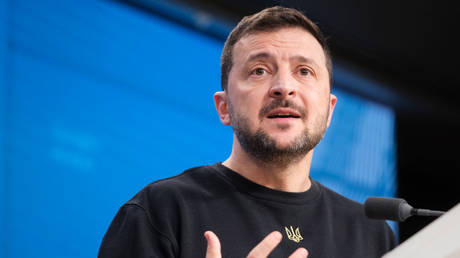ARTICLE AD BOX
Noland Arbaugh, the world's first Neuralink patient, has made history by posting a tweet on X (formerly Twitter) "just by thinking". Mr Arbaugh, a 29-year-old quadriplegic, has become the first person to send a tweet using only his thoughts, using NeuralInk's cybernetic implant.
''Twitter banned me because they thought I was a bot, and @X and @elonmusk reinstated me because I am,'' Mr Arbaugh joked
See the post here:
Twitter banned me because they thought I was a bot, @X and @elonmusk reinstated me because I am.
— Noland Arbaugh (@ModdedQuad) March 22, 2024Elon Musk reacted to Mr Arbaugh's tweet, celebrating it as the "First ever post made just by thinking, using the Neuralink Telepathy device!"
First ever post made just by thinking, using the @Neuralnk Telepathy device! https://t.co/mj8GfiuDcD
— Elon Musk (@elonmusk) March 22, 2024Earlier Neuralink Corp. live-streamed an update showing Mr Arbaugh playing video games and online chess using his mind. In the live stream, Mr Arbaugh moved the cursor on a computer without using any physical tools. He explained that he simply imagines the cursor moving where he wants it to go and it does.
''I had given up playing that game," he said, referring to the game Civilization VI, "You all (Neuralink) gave me the ability to do that again and played for 8 hours straight."
Mrb Arbaugh, 29, said he sustained a spinal cord injury in a "freak diving accident" eight years ago. was working as a summer camp counsellor for children when he got into an accident that left him quadriplegic in 2016. He also said he was released from the hospital a day after the Neuralink procedure in January, which went smoothly. He added that there is "still work to be done" to refine the technology.
Neuralink is a brain technology startup founded by Elon Musk. Its implant allows a patient to use their thoughts to control a computer. Mr Musk has said that the company will start by working with patients who have severe physical limitations like cervical spinal cord impairment or quadriplegia.
The company's goal is to connect human brains to computers to help tackle complex neurological conditions.
.png)
 8 months ago
5
8 months ago
5








 English (US)
English (US)